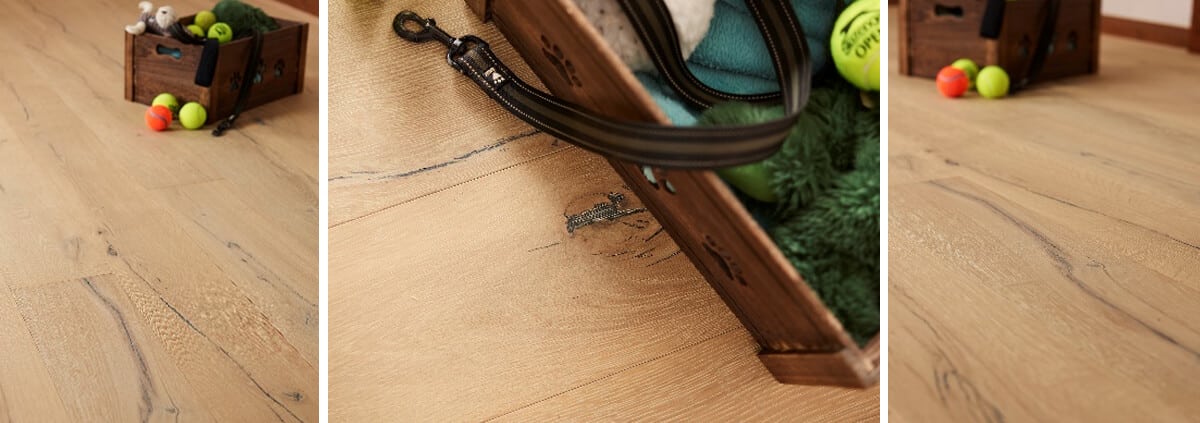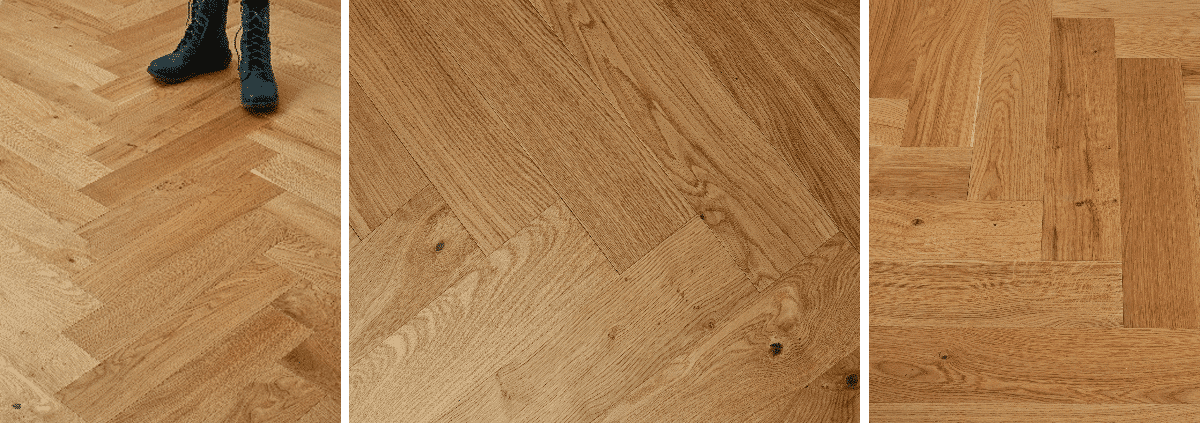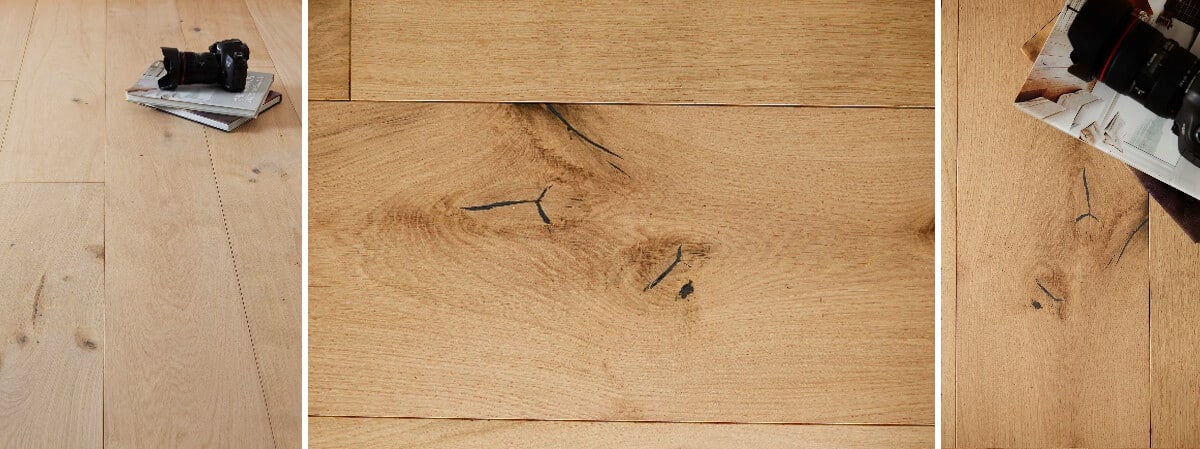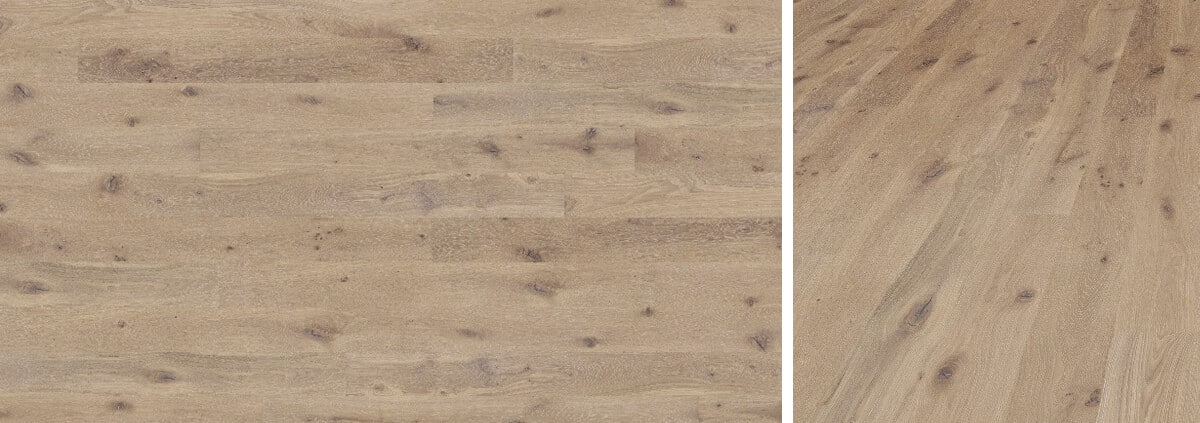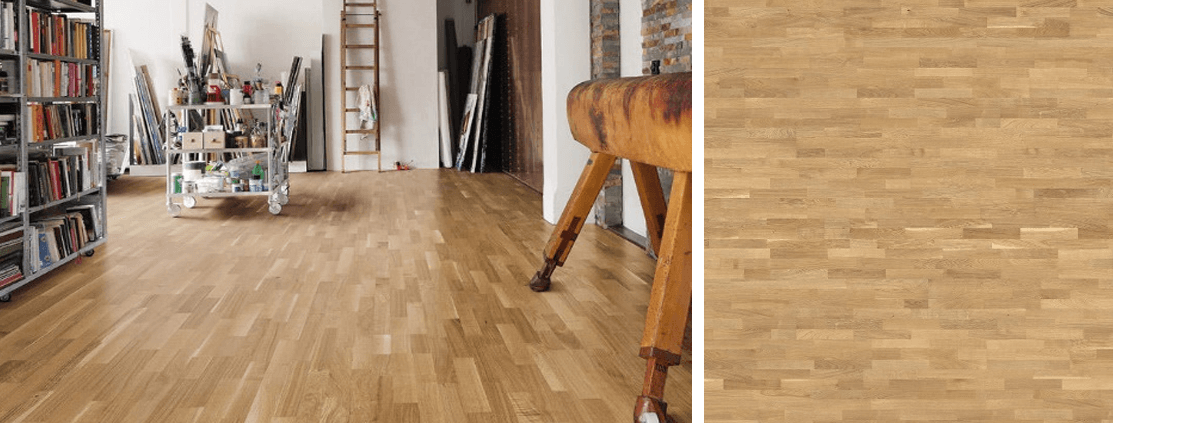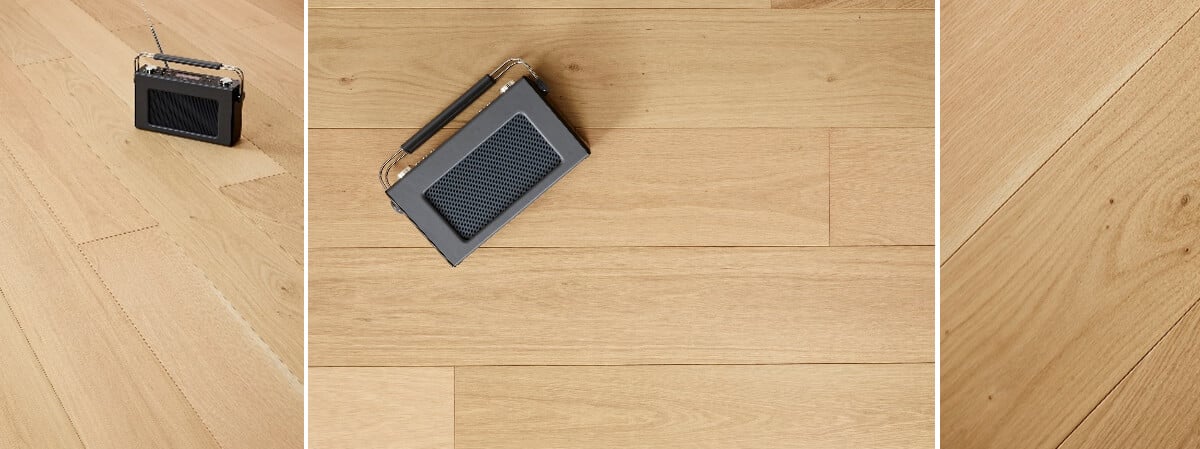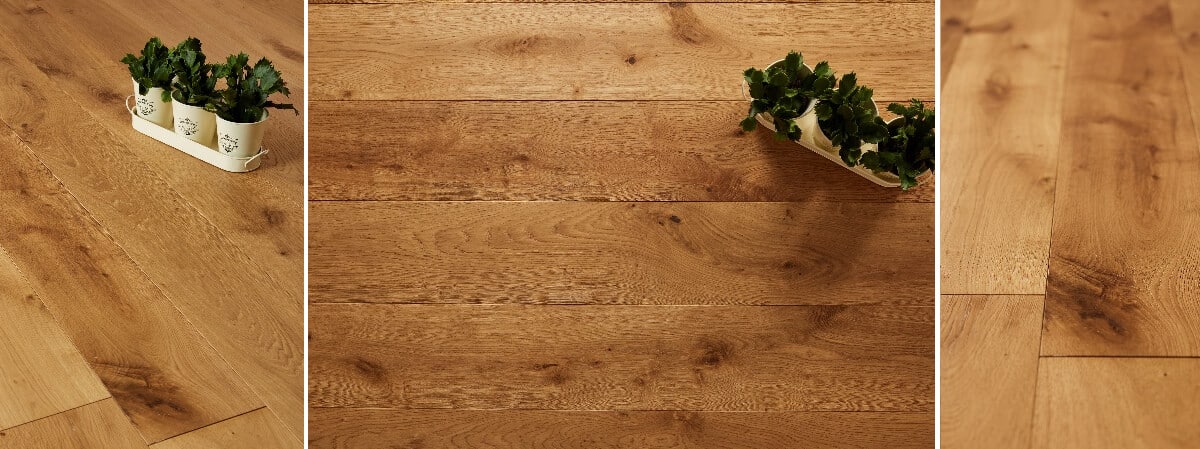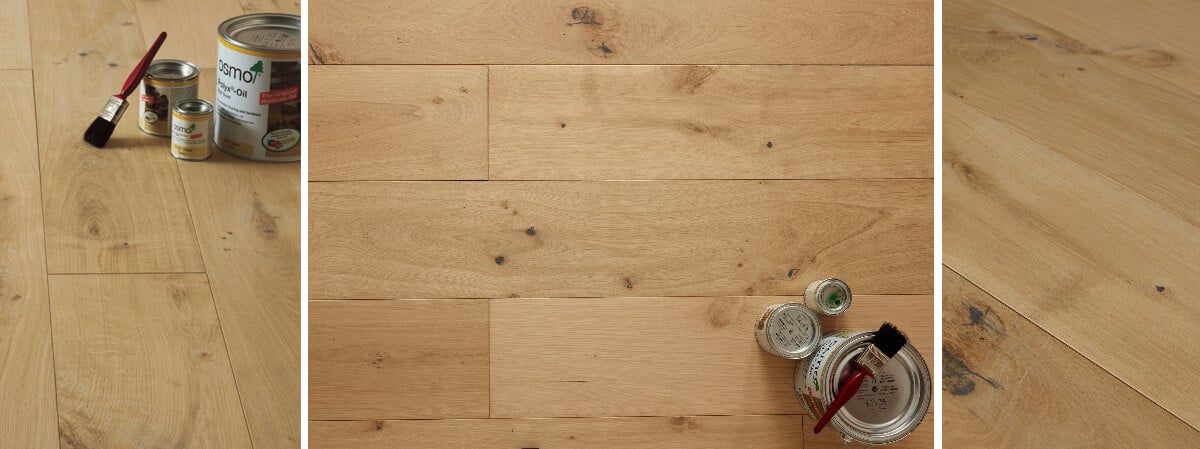Sanding Original Floorboards – 7 Top Benefits
Sanding Original Floorboards
At Nationwide Hardwood Flooring Company, we understand the timeless beauty that comes with preserving and sanding original floorboards. For many UK homeowners, restoring wooden floors is more than a renovation project—it is a way of protecting the character and charm of their home. Our professional sanding and finishing services bring life back to worn surfaces, enhancing natural wood tones while ensuring long-lasting durability. To see examples of our restoration work, visit our recent projects gallery.For expert maintenance and care tips, see professional advice on maintaining hardwood floors from Architectural Digest.
Why Sanding Original Floorboards Matters
Over time, floorboards endure decades of foot traffic, spillages, and wear. Instead of replacing your wood flooring, sanding original floorboards is a sustainable and cost-efficient way to rejuvenate their appearance. The process removes superficial marks and imperfections while allowing you to refinish the wood with oils, stains, or varnishes that suit your interior style. If you’re interested in updating your floors beyond restoration, explore our wooden floor installation services for a full upgrade.
This method retains the authenticity of the material and avoids unnecessary waste, perfectly aligning with eco-conscious home improvement goals. According to eco-friendly wood floor restoration guidelines, reclaimed wood, bamboo, and cork are sustainable choices that reduce environmental impact and improve indoor air quality. Whether your property is a classic Georgian townhouse or a modern London apartment, floor sanding delivers unmatched elegance and charm. For modern trends, review our blog covering flooring solutions.
Local Insight: The Art of Floor Restoration in London
London’s diverse architecture—from Victorian terraced homes in Islington to Edwardian houses in Clapham—offers a wide range of floors that deserve professional care. At Nationwide Hardwood Flooring Company, we’ve refined our sanding original floorboards techniques for both heritage properties and contemporary spaces. For heritage preservation standards in historic buildings, see SPAB’s Historic Floors Guidance.Landmarks like the British Museum and Westminster Abbey inspire traditional craftsmanship and a commitment to timeless beauty. If your London home features parquet or intricate patterned floors, discover our herringbone solid flooring options for seamless style integration.
As your trusted local flooring contractor, we bring extensive experience from restoration projects across London, maintaining proficiency with both commercial and residential sites.
How Sanding Original Floorboards Works
The process of sanding original floorboards involves key steps:
- Inspection: We evaluate your floorboards, identifying any loose nails, cracks, or moisture damage. For engineered options, see engineered flooring solutions.
- Preparation: Securing boards, filling gaps, and preparing rooms for dust control.
- Coarse Sanding: Professional-grade sanders remove old finishes and surface marks.
- Fine Sanding: Smoothing the surface with finer grit for an even texture.
- Finishing: Applying stain, oil, or lacquer to protect and enhance wood patterns. Choose from our Blenheim multi-ply flooring range.
Our equipment efficiently controls dust, keeping your home healthy during restoration. For standards and training guidelines, visit CITB’s sanding training standard page.
Benefits of Sanding Original Floorboards
Choosing to sand your floorboards provides several long-term advantages:
- Enhanced Appearance: The natural wood grain resurfaces after sanding, making old floors look new again.
- Increased Durability: Proper sanding eliminates weak layers and supports strong sealant bonding.
- Better Hygiene: Removing old finishes eliminates dust buildup and allergens between layers.
- Added Property Value: Restored floors improve your home’s appeal and resale value. Upgrade with herringbone Benton multi-ply flooring.
- Sustainability: Eco-friendly sanding reduces the need for new materials. For more on sustainable methods, visit eco-friendly restoration techniques.
- Customization: Adjust tones and sheens to suit your décor.
- Longevity: Sanded floors last decades with minimal upkeep. See aftercare tips at our flooring blog.
Whether in a modern flat or a period property, sanding original floorboards reveals authentic charm and beauty.
Choosing the Right Finish After Sanding
After sanding original floorboards, your finish choice defines the final look:
- Oil Finishes: Highlight natural tones and penetrate deeply for matte or satin appearance.
- Lacquer Finishes: Offer protection and shine, ideal for high-traffic areas. Explore Primes engineered flooring finishes.
- Stain Finishes: Customize colour for both modern and classic interiors.
Our specialists help you select the best finish based on lighting, use, and aesthetic goals.
Cost of Sanding Original Floorboards in London
The cost of sanding original floorboards depends on surface area, wood condition, and chosen finishes. On average, London homeowners pay £18–£25/m², including sanding, preparation, and finishing. Repairs or replacements may add to the total cost but ensure durability. For a quote, reach us via our contact form.Transparent pricing is part of our service ethics. For general flooring costs and choices, the Homebuilding & Renovating flooring guide offers more insights.
Common Mistakes to Avoid When Sanding Floorboards
Sanding original floorboards may seem simple, but errors like using wrong sandpaper grit or improper cleaning can ruin results. For safety tips and prevention, see floor sanding safety guidelines. Hiring professionals ensures proper preparation and consistent, high-quality finishes. Read more in our expert guides.
Environmental Benefits of Sanding Original Floorboards
Sanding and restoring existing floorboards prevents waste, reduces carbon footprint, and conserves resources. Sustainable methods, such as using FSC-certified timber, support greener renovation. Learn more at the National Wood Flooring Association (NWFA), which provides sustainability and wood flooring best practices. Our commitment to sustainability guides every project.
How to Maintain Sanded Floorboards
Proper care preserves sanded floors’ quality. Use felt pads under furniture, clean with pH-neutral wood cleaners, and avoid excess water. See Architectural Digest’s cleaning guide and DirectWood’s floor maintenance tips. Recoat every few years for lasting protection. More aftercare tips in our flooring tips blog.
Commercial Floor Sanding in London
Our commercial services serve hotels, offices, and retail spaces across London. Flexible scheduling means minimal disruption. Sanding original floorboards improves customer impressions and enhances brand presentation. Learn more at our commercial flooring page. For conservation in places of worship, visit Historic England’s flooring advice.
Regional Focus: Popular London Boroughs We Serve
- Camden: Known for artistic culture and Victorian homes with pine floors. See options like Loch Tummel multi-ply flooring.
- Kensington & Chelsea: Luxurious installations and careful restoration—explore Balmoral engineered flooring.
- Greenwich: Heritage properties with weathered oak, ideal for refinishing.
- Hackney: Industrial-style apartments with reclaimed wood flooring. Consider Loch Rannoch multi-ply flooring.
- Hampstead: Period homes with original oak and walnut floors.
Contact Nationwide Hardwood Flooring Company
If you’re renovating, restoring your floors is a vital first step. For professional sanding original floorboards in London, reach us via our contact page, call 07940 528 315, or email enquiries@nhfcompany.co.uk.
Why Choose Us for Floor Sanding
- 20+ years in installation and restoration.
- Fully insured and certified. Get details about our team.
- Advanced dust-free technology. Learn more in our news updates and health and safety standards.
- Competitive rates—request a quote at contact us.
- Service coverage across Greater London.
Our team combines craftsmanship and the latest techniques for excellent results.
Customer Experience: Transforming Homes Through Restoration
Every sanding original floorboards project transforms homes, reviving elegance and warmth. Homeowners report dramatically improved spaces. View transformations in the project showcase. For museum-grade methods in heritage preservation, see museum-grade wood floor techniques.
Combining Sanding with Modern Design Trends
Design trends in 2025 favour authenticity, natural tones, and visible wood patterns. Sanded floorboards promote wabi-sabi and Scandinavian styles. For expert advice, visit our Chalfield multi-ply flooring and review more design guidance at Maple Hardwood sustainability resources.
When to Re-Sand Your Floorboards
Resanding is needed when floors dull, scratch, or finish degrades. Typically every 7–10 years, but good care extends this. Learn about maintenance at our expert flooring blog and explore the NWFA sustainability section for additional floor longevity information.
Professional Tools Used by Our Experts
We use advanced sanding tools:
- Belt Sanders: Fast removal of old coatings and scratches.
- Edge Sanders: Precision for corners and edges.
- Orbital Buffers: Final smooth finish.
- Vacuum Extraction Systems: Maintaining dust-free conditions per recommended safety standards.
Technicians calibrate equipment for every sanding original floorboards project.
Local Fun Fact: The Hardwood Legacy of South London
Carpenters in South London pioneered iconic English oak flooring finishes. These traditions influence today’s best practices. Find heritage inspiration in our Eastbury flooring collection and learn more about historic conservation at Historic England’s flooring notes.
Combining Sanding with Floor Repairs
Sanding often accompanies repairs such as plank replacement and board re-alignment for older homes. For expert restoration, see Loch Morar multi-ply flooring. See museum-grade repair approaches at heritage restoration tips.
Health and Safety During Sanding
We follow modern standards for health and safety. Dust extraction is essential, and our products are low-VOC and eco-friendly. For guidelines, consult floor sanding safety tips and PPE standards for safe sanding.
Frequently Asked Questions
How long does sanding take?
For an average London living room (20 m²), sanding usually takes 1–2 days with preparation and finishing.
Can I sand engineered flooring?
Yes, if the wear layer is thick enough (≥ 3–4 mm). Our experts will advise.See Haro engineered flooring specs for details.
Is staining necessary?
Not always. Many homeowners retain natural wood tones for a classic look.
How soon can I walk on newly sanded floors?
Usually within 24 hours, but wait at least 48 hours before replacing heavy furniture after sealing.
Conclusion: Let Your Floors Tell Their Story
Choosing sanding original floorboards is an investment in your property’s beauty, sustainability, and historical character. The process restores natural textures, improves hygiene, and breathes new life into rooms while conserving materials.Whether you own a Victorian terrace or contemporary flat, professionally sanded floors deliver lasting value. Contact Nationwide Hardwood Flooring Company on 07940 528 315, via our contact page, or email enquiries@nhfcompany.co.uk for a free consultation.To learn more about industry standards and responsible flooring practices, refer to the National Wood Flooring Association for additional resources and guidance.


